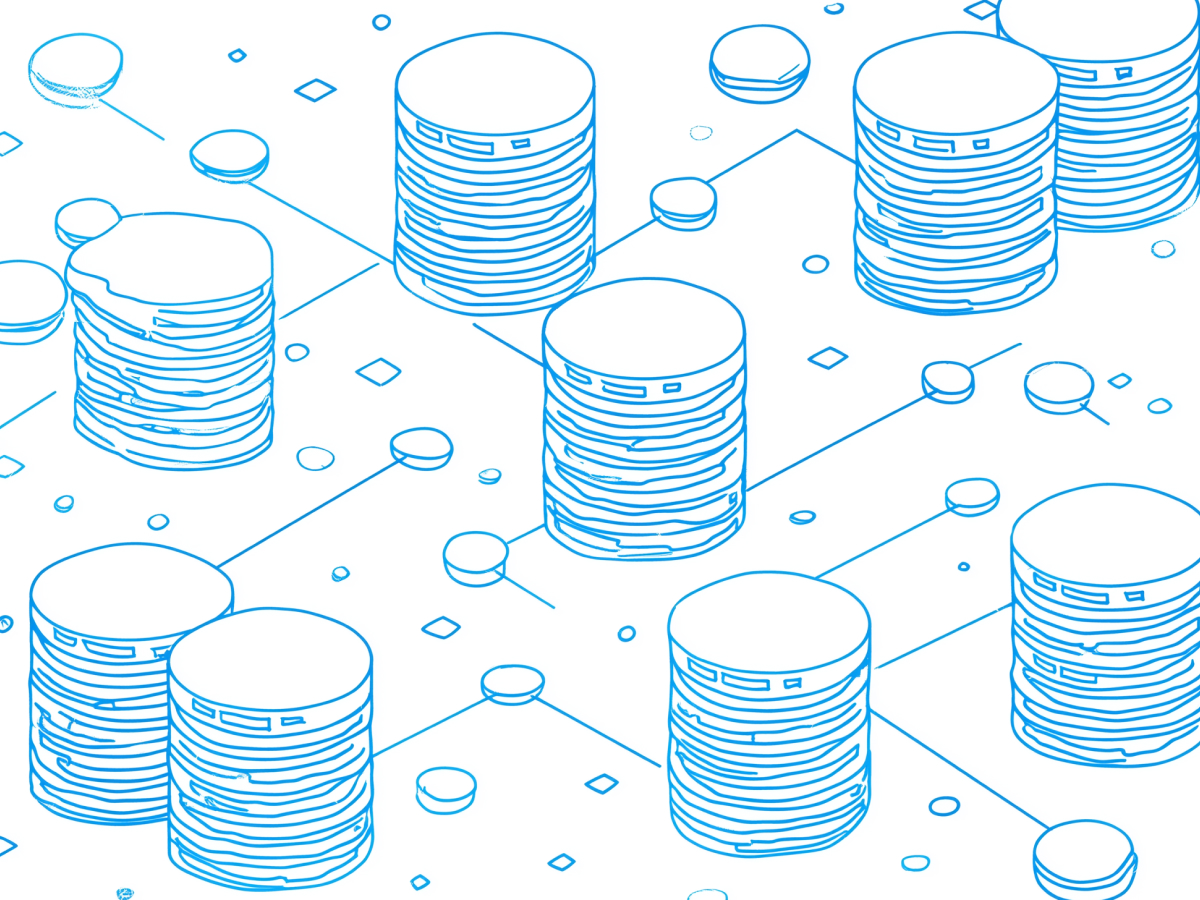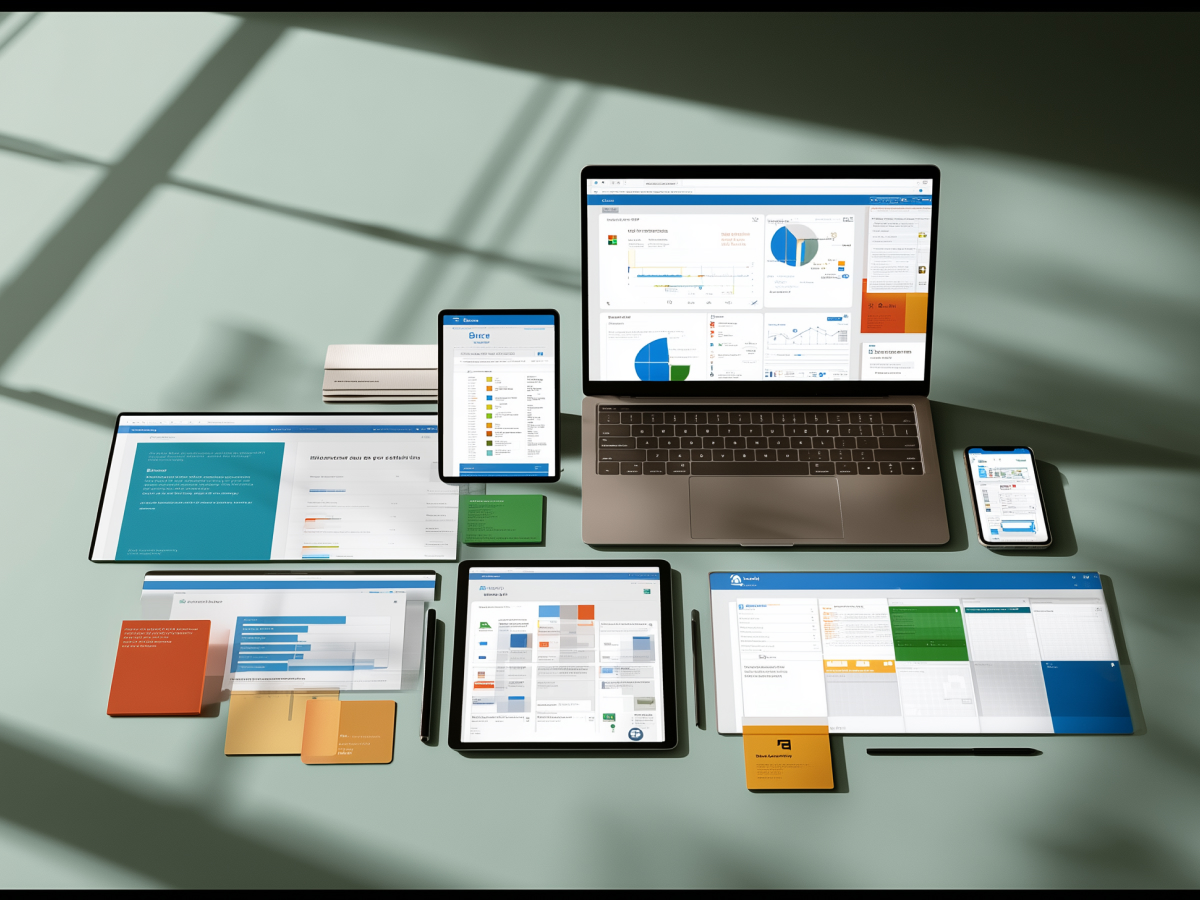AI coding dashboards provide visibility, but not clarity
The rise of AI-assisted software development tools like GitHub Copilot, Faros AI, and Windsurf is shaping how engineering organizations operate. These tools aren’t just about writing code faster, they’re reshaping how teams build, collaborate, and deliver. Companies are now using dashboards to track AI usage, looking at metrics like acceptance rate, tool adoption across developers, and how timelines shift when AI is involved.
This visibility helps teams see the spread and reach of these tools. Matt Fisher, VP of Product Engineering at Vimeo, explains they adopted metrics to better understand the fundamental changes AI tools introduced into their workflow, not just to measure productivity, but to track improvements in code quality as well. Todd Willms, Director of Engineering at Bynder, leaned on Jellyfish’s Copilot Dashboard to resolve conflicting feedback from his teams. Some said Copilot wasn’t being used at all. Others claimed otherwise. The dashboard helped him align perception with reality and justify continued investment.
Still, these dashboards mostly show surface-level adoption. They tell us how often AI is used, by whom, and in which languages. But they don’t show the full picture, like whether the code is clean, whether it leads to fewer outages, or how it impacts long-term maintenance. What these leaders found is that visibility into tool use is just a starting point. Insight into effectiveness still has to come from questions beyond the dashboard.
If you’re an executive leading a tech organization, recognize that these dashboards provide operational awareness, not business clarity. Use them to understand adoption and engagement, but not to drive strategic decisions in isolation. You’ll need deeper workflow metrics and good internal dialogue to tie usage to actual value.
Metrics without context can mislead performance goals
AI usage numbers, like how many code suggestions a developer accepts, are being thrown into OKRs and even shaping KPIs. That’s not necessarily a smart move. Acceptance rate, while simple to track, often gets mistaken for a meaningful performance indicator. It isn’t. Just because an engineer accepts AI-generated code doesn’t mean it’s good code or even the right code. Optimizing around that invites inefficiency.
Several engineering leaders have flagged this early. One startup manager in fintech advised moving discussions on AI ROI away from output metrics like lines of code and focusing instead on deployment frequency, how often product updates are delivered successfully. They referenced Godhart’s Law, the principle that when measuring something becomes a target in itself, it loses its value. This applies directly here. If developers are judged by how much AI code they use, they’ll use more of it, regardless of whether it helps.
Simon Lau from ChargeLab used Windsurf metrics to drive goals like targeting 6,000 code completions in a quarter, and hit them. But others remain more cautious. Willms and Fisher both said they’re not comfortable aligning OKRs or performance reviews with AI use metrics. Instead, they treat the data as perspective, not prescription.
If you’re leading product or engineering, don’t confuse dashboards with strategy. Use AI usage metrics to check adoption. Use broader impact metrics, think DORA, SPACE, delivery frequency, and system reliability, for everything else. Business results depend on outcomes, not activities. Train your teams to look past vanity metrics and focus on value delivery.
The biggest return from AI coding tools is qualitative, not quantitative
What’s been missed in most discussions about AI tools for developers is where the actual value shows up. It’s not just about speeding through code or boosting the number of accepted suggestions. Those are easy metrics to track, but they don’t represent the true impact. The real gain is how quickly engineers can understand complex systems and contribute meaningfully, even when they’re new or unfamiliar with the codebase.
Matt Fisher from Vimeo emphasized this clearly. AI coding assistants shorten the time it takes for engineers to gain context. They help them navigate unfamiliar areas of code faster, which means better ramp-up times for new hires and smoother handoffs across teams. For teams dealing with large or legacy systems, that reduction in mental overhead is a real performance multiplier. It accelerates everything that comes afterward, planning, building, testing, deploying.
Todd Willms at Bynder saw similar results. The usage data wasn’t just validating tool adoption, it pointed to the kind of user behavior that mirrored productivity outside of typical metrics. Developers who used Copilot effectively weren’t blindly inserting code, they were moving faster through the decision cycles that make engineering efficient.
Executives should be aware that workflows built with AI support are evolving. Teams are not just writing faster, they’re thinking differently. That difference doesn’t always show up on a dashboard. Success here won’t result from tracking who uses the tool the most; it’ll come from understanding how the tool is shaping the way problems are solved. Consider how your teams onboard, collaborate, and move through environments. If you see measurable acceleration beyond code generation, you’re on the right track.
Workflow-level visibility creates better decisions than usage stats alone
Focusing solely on usage metrics draws attention to isolated actions. But development, especially at scale, depends on systems of actions. That’s where integrated dashboards like Faros AI are starting to deliver actual decision-making value. These platforms don’t just show who accepted what code, they show how that activity connects to full-cycle engineering output.
Faros tracks things like how long tickets sit in backlog, time from refinement to deployment, and how those steps trend when developers use AI tools versus when they don’t. Matt Fisher pointed to this data as far more impactful than raw acceptance rates. It reveals how AI alters actual throughput. These insights help leaders decide whether the presence of AI is accelerating delivery meaningfully, something that matters at the organization level, not just on a per-developer basis.
This is where executive focus needs to land. AI adoption in software engineering isn’t just another productivity tool, it’s transforming workflows. Leaders can’t measure that change just by tracking individual code completions. You need tools that layer AI usage with systems-level process metrics. Are sprint timelines improving? Is the feedback loop tighter? Are review cycles getting shorter?
When AI tool usage is integrated with your end-to-end engineering data, it informs where time is being gained or lost. And that’s what matters. Because once you line up adoption data with delivery performance and start making decisions on what actually moves throughput, you’re no longer guessing. You’re operating with leverage.
Sharing AI usage data with developers drives adoption and improves team dynamics
One of the smarter moves engineering leaders have made with AI tool dashboards is giving developers access to their own data. This shift transforms tracking tools from managerial oversight into personal insights. Developers don’t feel monitored, they feel informed. That distinction matters. It builds trust and helps teams self-optimize without external pressure.
At Bynder, Todd Willms made the full Copilot dashboard available to all developers. Instead of using the data to apply top-down pressure, he let developers explore their own usage and decide how it fits into their workloads. The result was constructive dialogue, not resistance. In one case, a senior developer who had originally avoided AI tools started experimenting after new functionality became available. Once usage spiked, that developer became a power user, which led to a broader conversation about what problems the tool was best at solving.
Matt Fisher at Vimeo added that power users play a key role in driving broader adoption. These are the people who don’t just use the tools, they adjust their workflow efficiently and deliver results others notice. And because they’re peers, they’re more trusted. Their firsthand experience carries weight, far more than any centralized training or push from leadership.
For executives, this dynamic is important. When developers can see their own data, they’re more likely to experiment, share wins, and push forward best practices collectively. It reinforces culture around continual learning instead of top-down enforcement. Rather than standardizing productivity through a set of rigid targets, sharing AI usage data in this way encourages adoption through evidence, results, and peer mentorship.
That’s the model that scales. And it’s the one that builds a high-trust environment where AI tools don’t feel imposed, they feel useful. From there, better performance follows, without having to frame it as compliance.
Key executive takeaways
- Visibility ≠ impact: AI coding dashboards show usage, not effectiveness. Leaders should use this data to monitor adoption trends, not to define performance or make ROI assumptions in isolation.
- Beware of vanity metrics: Metrics like acceptance rate can distort goals and encourage counterproductive behaviors. Prioritize throughput, cycle time, and product outcomes over raw usage stats.
- Value lives in context: The most meaningful gains from AI tools are qualitative, like onboarding speed and faster understanding of complex codebases. These improvements often won’t appear in surface-level data but drive long-term efficiency.
- Measure workflow, not just input: Usage metrics disconnected from end-to-end development performance give limited value. Leaders should integrate AI usage data with broader workflow metrics for insight into actual delivery impact.
- Empowerment drives adoption: Giving developers access to their own AI usage data builds trust and encourages meaningful engagement. Teams learn faster when adoption is peer-driven rather than top-down.





